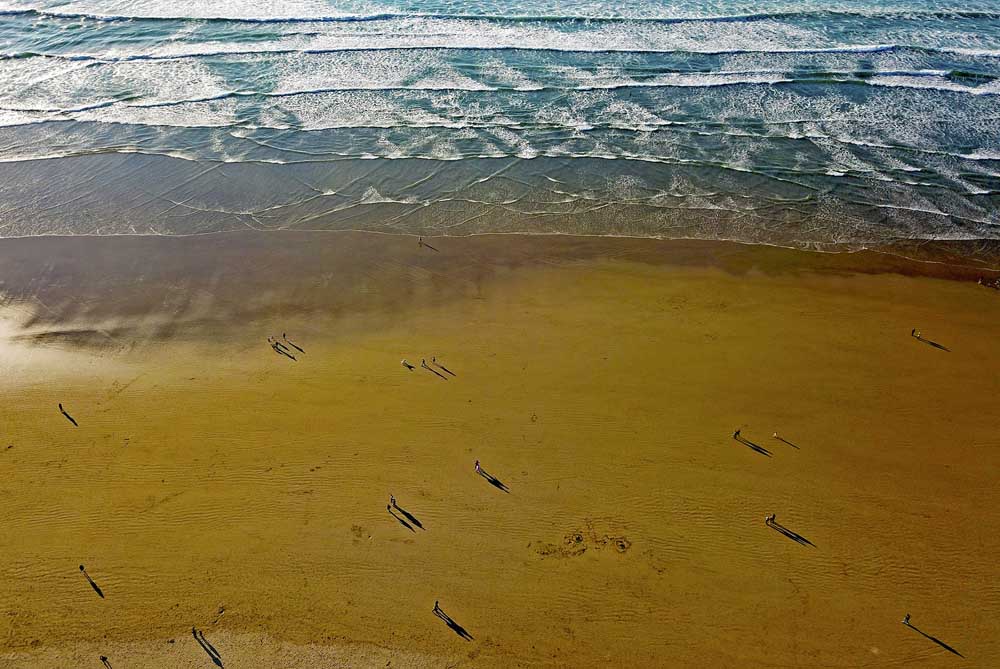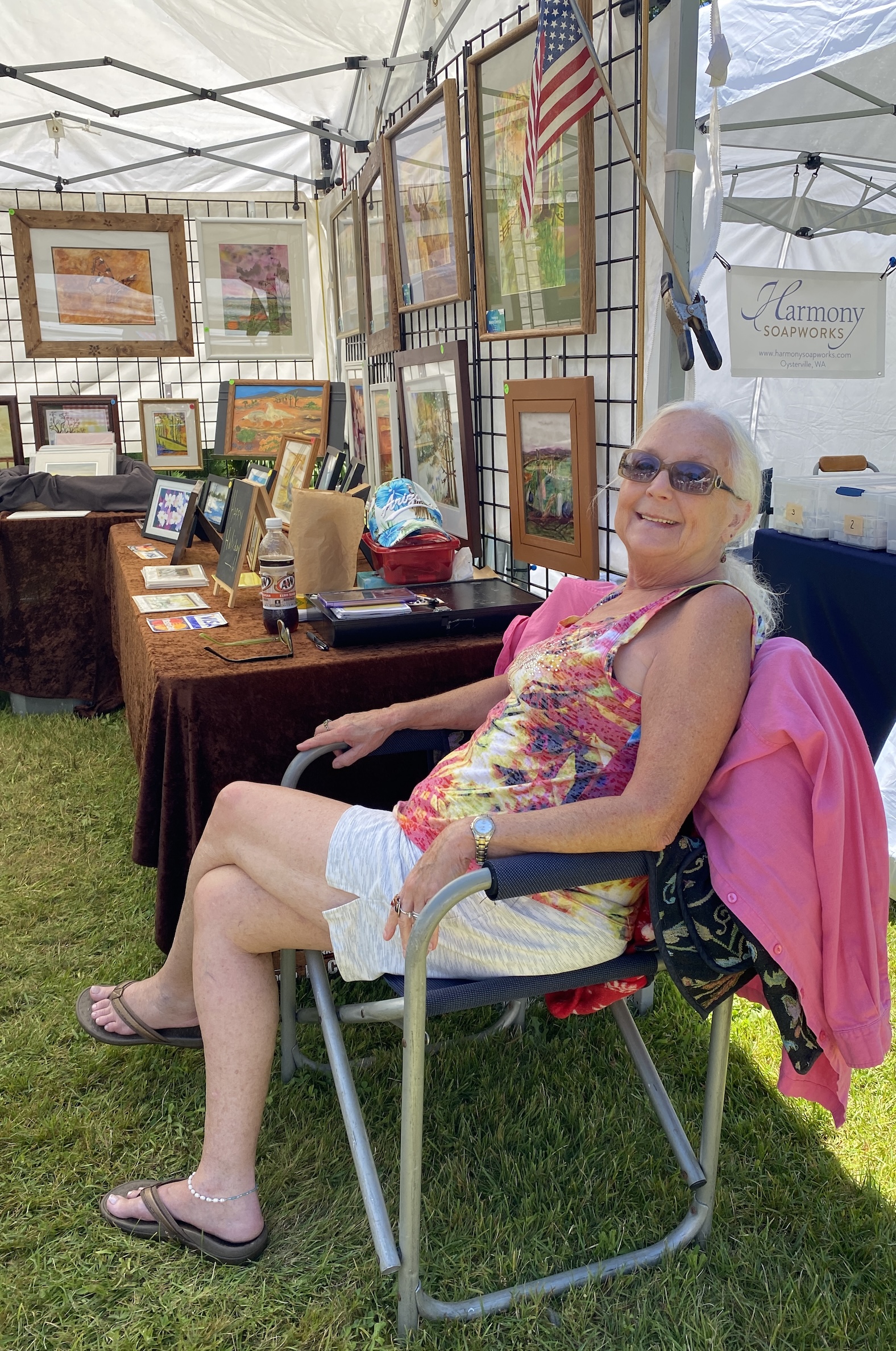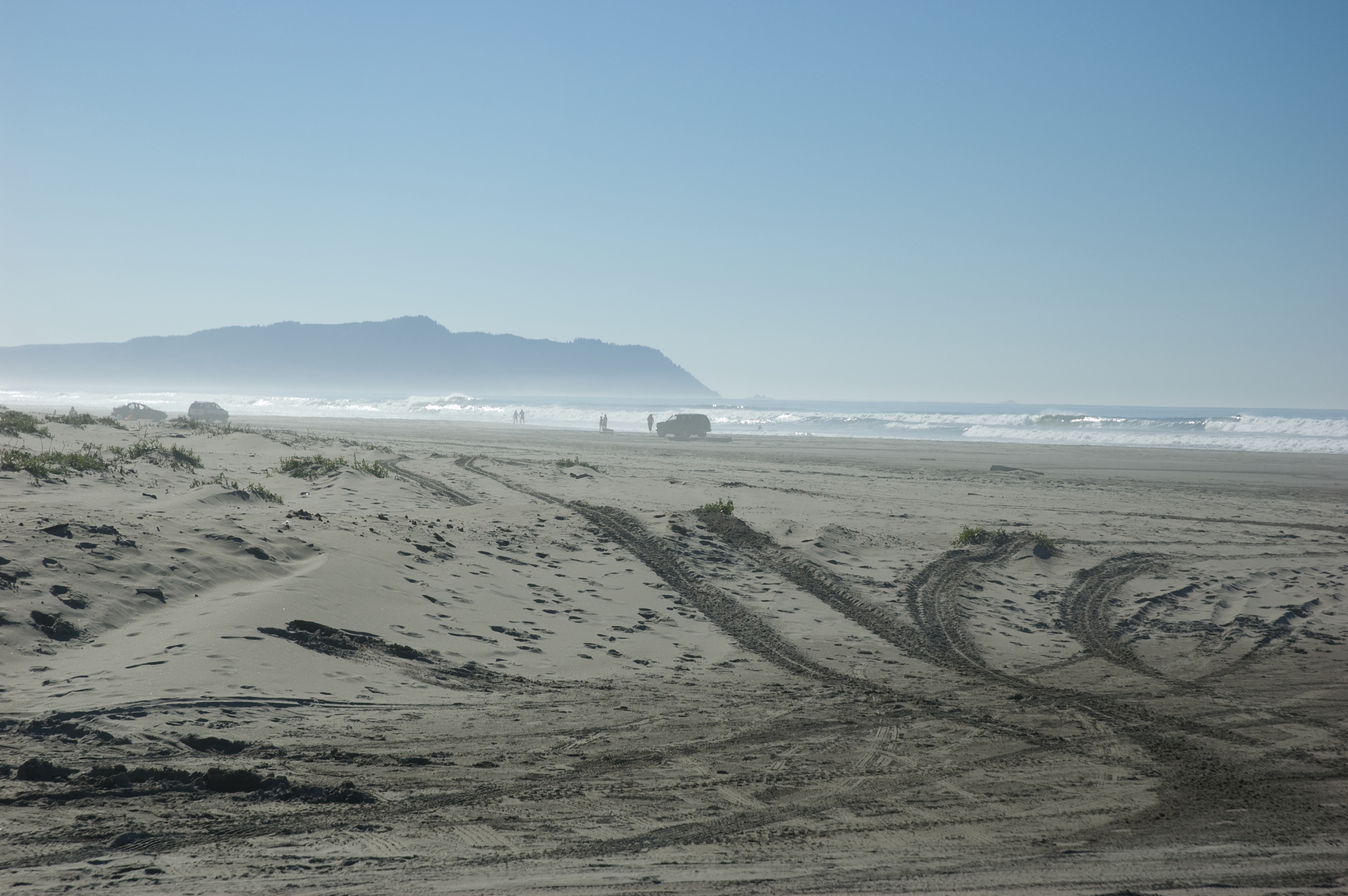Talk like you’re from here: An indispensable glossary of coastal terms
Published 10:00 am Wednesday, March 20, 2019

- People walk near the surf in Cannon Beach.
PEOPLE
Coasties
This has a dual meaning. It can mean someone who lives locally or was born and raised on the Oregon Coast, or it could mean someone in the Coast Guard. Context is the only way to differentiate.
Day-trippers
In general, this refers to people from the Portland metro area who drive over in the morning, spend the day at the beach, then drive back around dinner time, creating a miles-long backup in the summer at the U.S. Route 26 junction.
Seagulls
While this term is most commonly used to refer to the actual seabird, some locals on the Long Beach Peninsula use it to describe aggressive beachcombers who used to pillage shipwrecks.
Pukers
Some locals not so lovingly refer to visitors who are prone to seasickness as “pukers.”
PLACES
The Dirty D
If you have plans to visit the Desdemona Club at Marine Drive and 30th Street in Astoria, say you’re going to “The Dirty D.” Settled in an older part of town and adjacent to the county’s sole strip club, calling the establishment by its full name would blow your cover as a tourist pretty quickly.
Tilly or Terrible Tilly
No, Tilly isn’t a particularly misbehaved neighbor. She’s a lighthouse — Tillamook Head Lighthouse, about a mile off the coast of Tillamook Head between Seaside and Cannon Beach. It got its nickname as “Terrible Tilly” for its ferocious storms and the difficulties facing lighthouse keepers stationed there.
The Rock
Live on the North Coast long enough and Haystack Rock just becomes a large stack of basalt sitting in the background of your day-to-day life. Given the attraction doesn’t have any other competition from other 235-foot-tall rocks, sound like a local and just refer to the landmark as “the Rock.” Because what other rock is there?
The Prom
The Seaside Promenade is a famous, 1.5-mile boardwalk on the oceanfront. There’s only one, as the waterfront path in Astoria is distinctly called the Riverwalk. Save yourself the syllables and call it, simply, “The Prom.”
The Cove
Nestled by Tillamook Head, the Cove is a section of beach covered in smooth rocks in South Seaside and is famous for surfing.
Cape D
Cape Disappointment on the Southern Washington Coast.
THINGS
The Big One
Chances are fair you’ll hear a local crack a joke about being taken out by “The Big One.” They are referring to the 9.0 Cascadia Subduction Zone earthquake scientists predict will cause a devastating tsunami that will destroy the West Coast within the next century.
Tsunami zone
If you’re standing next to a blue sign that says “tsunami zone,” don’t fret — it means you are entering a safe zone that will not be inundated by water should a large wave come during your visit. Still nervous? Keep walking uphill.
Sideways rain
On the Pacific Northwest Coast, you have to be ready for any kind of weather, anytime. Sometimes that means 60 mph winds. Sometimes that means downpouring rain. A lot of the time these two phenomena act together, where the wind blows hard enough to make it seem like the rain is falling, aggressively, sideways.
Sou’wester
This term is commonly used throughout the region in reference to the intense winter storms that originate from the southwest. It is also the name of a historic lodge and travel trailer resort in Seaview, Washington.
Sea parrot
Some locals call puffins “sea parrots.” Just so you know.









